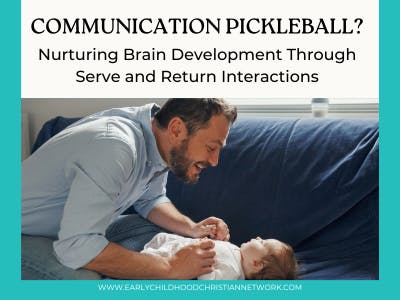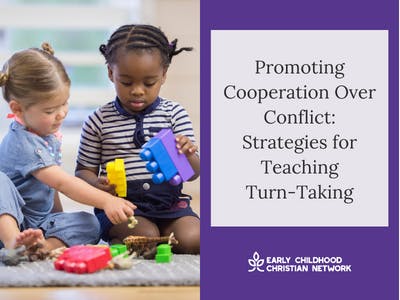Making the Most of Transitions: Strategies for Every Age Group
|
Hey Reader! Transitions in our early childhood classrooms can be tricky, but they’re also valuable learning moments. In general, transitions are just moments when we move from one activity to the next – sometimes that means we’re cleaning up and leaving the room and sometimes, the transitions are much more subtle as we move from napping to waking! I googled a few resources and was reminded again about how much children learn during transition times! Are you intentional in how you handle them throughout the day or are you typically just shouting (not really yelling, but trying to make yourself heard above the playful noises of your students) out instructions as the time draws near to “do the next thing”? Here are some ideas for making transitions an intentional part of your teaching plan for each age group. I also included some developmental cues for you as well. Infants (Birth-12 Months): Gentle Cues & Consistency For infants, transitions should be slow, predictable, and soothing. Babies thrive on routine, so keeping a steady flow to the day is key. Toddlers (12-24 Months): Movement & Engagement Toddlers are active explorers who may resist transitions if they feel interrupted. Keep them engaged and moving! Two-Year-Olds: Hands-On & Playful Routines Twos are starting to understand routines but still need lots of reminders. Make transitions interactive and fun. Three-Year-Olds: Visual Cues & Simple Independence Three-year-olds love to feel independent, and visual cues help them know what’s coming next. Four-Year-Olds: Storytelling & Social Connection Fours are developing strong imaginations and social skills, so using stories and group activities can ease transitions. Five-Year-Olds: Independence & Leadership Five-year-olds are ready for more independence and responsibility in transitions. No matter the age, keeping transitions engaging, predictable, and developmentally appropriate makes the classroom experience smoother for both children and teachers. Which transition strategies work best for your group? We want to know! Need more ideas? Listen to this week’s podcast episode with Louisa Forguson!
Cheering you on this week! -Your ECCN team
Colossians 3:16 “Let the message of Christ dwell among you richly as you teach and admonish one another with all wisdom through psalms, hymns, and songs from the Spirit, singing to God with gratitude in your hearts.” |






